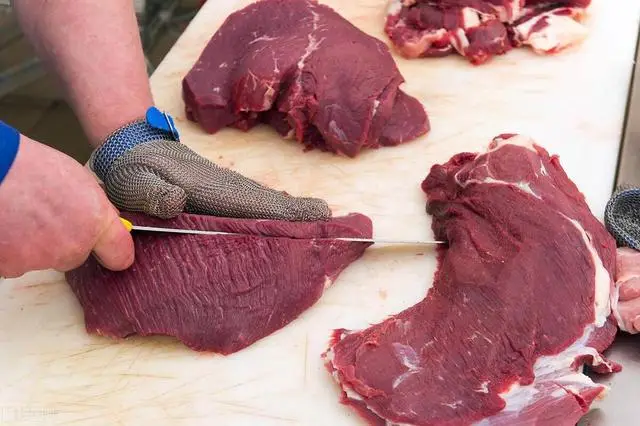
Here’s an insightful guide from an experienced individual on how to choose the best beef for your meals:
Three “Don’t Buy” Principles for Beef:
1. Avoid Dull or Dark Red Meat
Fresh beef should have a bright red color. If the meat appears dull, dark red, or almost black, it usually indicates stagnant blood inside. This type of meat may have a strong fishy or putrid odor and could come from unhealthy or even sick cattle. Purchasing such meat poses potential health risks.
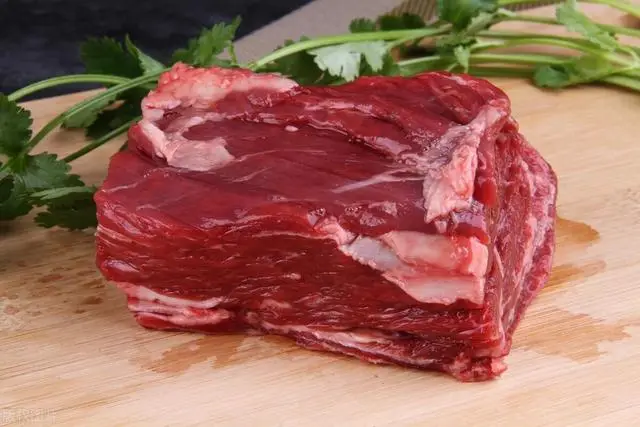
2. Steer Clear of Wet and Bloody Meat
If the beef feels wet and slippery with noticeable blood leakage, it’s likely injected with water. This practice diminishes the natural sweetness and aroma of the meat, resulting in a bland and less tasty dish. Moreover, it may pose health hazards. Ideally, fresh beef should only be slightly moist on the surface, without any noticeable blood stains.
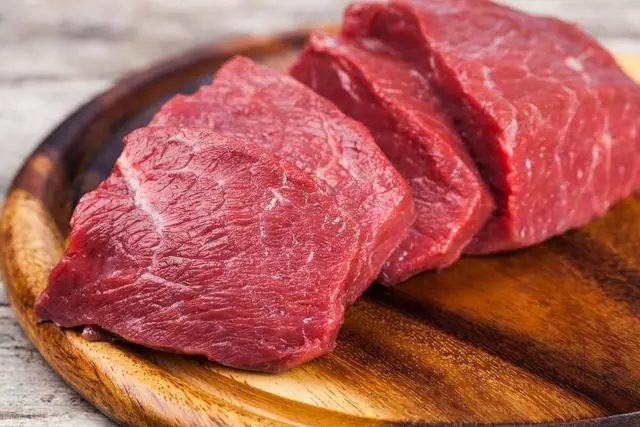
3. Refrain from Buying Soft and Non-elastic Meat
A simple way to test freshness is to gently press the meat with your finger. Fresh beef will be elastic, quickly returning to its original shape after pressing. If the meat feels soft and doesn’t bounce back, it’s likely been sitting for too long and may soon spoil. Such meat won’t taste good and could be harmful to your health.
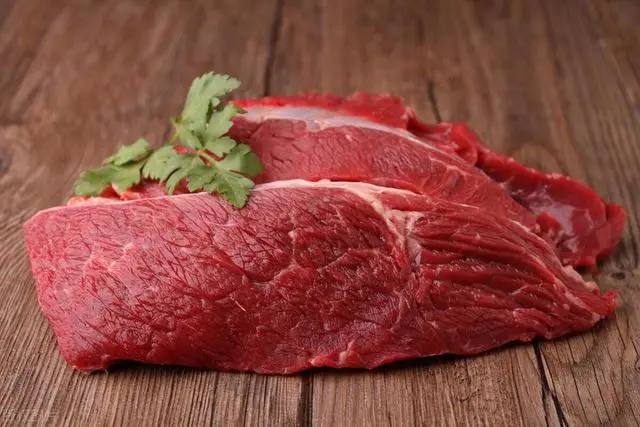
Adhering to these three principles will help you select delicious and healthy beef.
Criteria for Choosing Delicious Beef:
1. Surface Condition
Fresh beef often feels slightly dry and may have a sticky sensation when touched. This is due to the formation of lactic acid in the meat after slaughter. Over time, as the acid is eliminated, a thin layer of oil develops on the surface, resulting in a slightly sticky texture. Beef in this state tends to be of higher quality, indicating proper post-slaughter processing that leads to a softer and more flavorful texture.
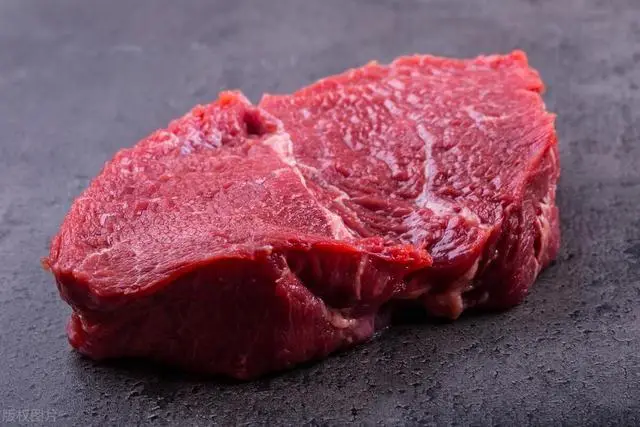
2. Color
Fresh beef typically boasts a vibrant red hue. The fat should appear white or light yellow, giving it a pure look. If the meat looks too pale, it’s likely been injected with water, compromising its flavor and nutritional value. Conversely, if it’s too dark, it may contain stagnant blood, resulting in a strong fishy or putrid odor that affects the dining experience. Therefore, opting for beef with a bright red color is always a wise choice.
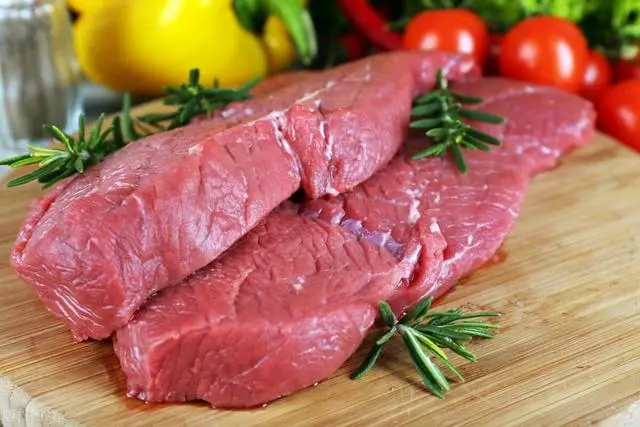
3. Smell and Elasticity
Fresh beef is elastic, quickly regaining its shape after pressing. It also lacks any strong fishy or putrid odors. On the other hand, if it emits a pungent, strange, or sour smell, it’s best to avoid it as this could indicate spoilage or contamination during storage or transportation.
4. Steer Clear of Pre-packaged Rolled Beef
Pre-packaged rolled beef may conceal various quality issues. The most concerning aspect is the potential presence of lymph nodes, which harbor bacteria and viruses, posing serious health risks.
Additionally, it’s common for these rolls to contain meat scraps from different parts of the animal, leading to inconsistent quality. They may even be mixed with meat from other species or beef fat. Since the packaging often hides these flaws, it’s challenging for consumers to assess the true quality, making it advisable to avoid such pre-packaged options.
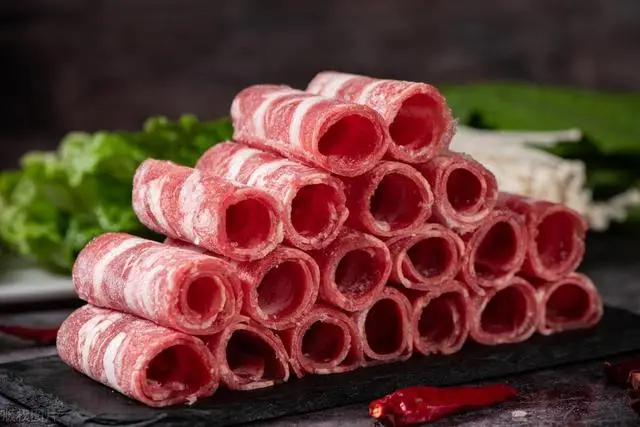
5. Avoid Meat from the Cow’s Neck Area
This region tends to accumulate blood, leading to potential blood clots and lymph nodes, which are breeding grounds for bacteria, toxins, and any injected medications or hormones if the animal was sick. It poses significant health risks.
Delicious Beef Cuts and Suitable Cooking Methods:
1. Ribeye
Location: Ribeye is located near the backbone, close to the cow’s ribs. It’s surrounded by a layer of fat and thin connective tissue. Since it’s less used for movement, the meat is tender, juicy, and has a moderate amount of fat. The fat is evenly distributed, creating beautiful marbling that resembles marble.
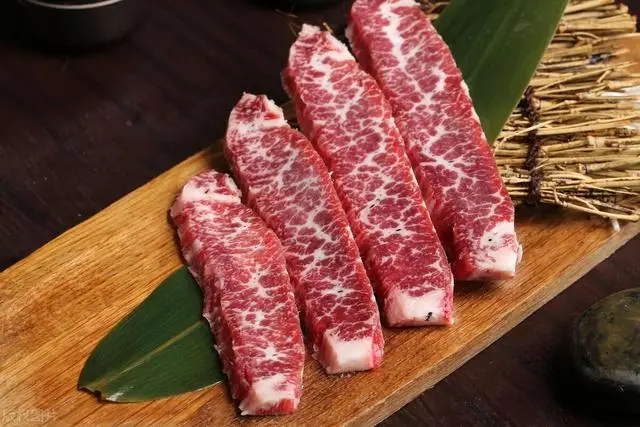
Ideal Cooking Methods: Ribeye is perfect for steak due to its marbling and tenderness. Pan-frying or grilling at high temperatures is ideal for bringing out its juiciness and rich flavor. The high heat creates a golden crust that seals in the juices and nutrients, while the melting fat adds a delectable buttery aroma. A sprinkle of salt, black pepper, and a drizzle of olive oil enhance the flavor.
Ribeye is also excellent for BBQ gatherings, paired with various vegetables and spices, creating a delightful and convivial dining experience.
2. Tenderloin
Location: Tenderloin is located along the cow’s backbone and is one of the most tender cuts. It runs along both sides of the spine, protected by a thick layer of muscle and connective tissue, resulting in extremely tender meat with minimal connective tissue and fat. It has a characteristic light red color.
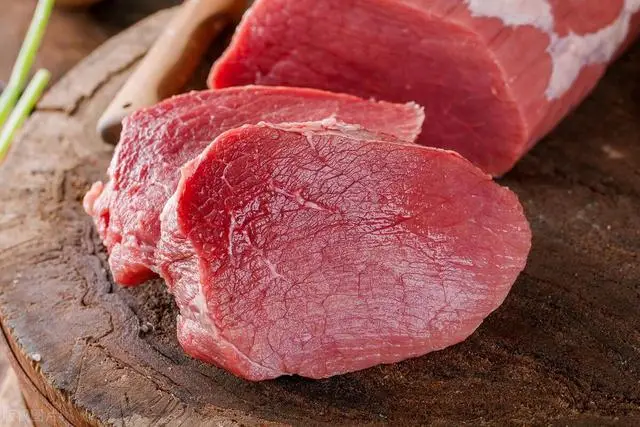
Ideal Dishes: Tenderloin is perfect for premium steaks like filet mignon. This dish is renowned worldwide for its tenderness, juiciness, and subtle sweetness. Quick cooking methods at high temperatures, such as pan-frying or grilling, are ideal for preserving its tenderness and moisture.
Tenderloin is also excellent for quick stir-fries. Slice it thinly and combine it with vegetables and spices for a flavorful dish. It can also be cut into small cubes for BBQ skewers, adding a delicious aroma and a cozy atmosphere to your BBQ party.
3. Shank
Location: Shank is located in the cow’s leg, a well-exercised area, resulting in firm meat. It consists of multiple muscle bundles and connective tissue, rich in collagen and elastin, giving the meat a chewy texture.
Ideal Cooking Methods: Shank is perfect for slow-cooked dishes like braised beef shank or beef shank soup. During the lengthy cooking process, collagen gradually melts, tenderizing the meat and enriching the broth. Spices like star anise, cinnamon, black pepper, ginger, and garlic enhance the flavor.
Shank is also suitable for boiling or stewing, a technique known as “beef soaking,” where the meat is slowly cooked in a broth of spices, absorbing the flavors and becoming incredibly tender. Thinly sliced shank is excellent for beef salads or mixed with vegetables for a nutritious and chewy dish.
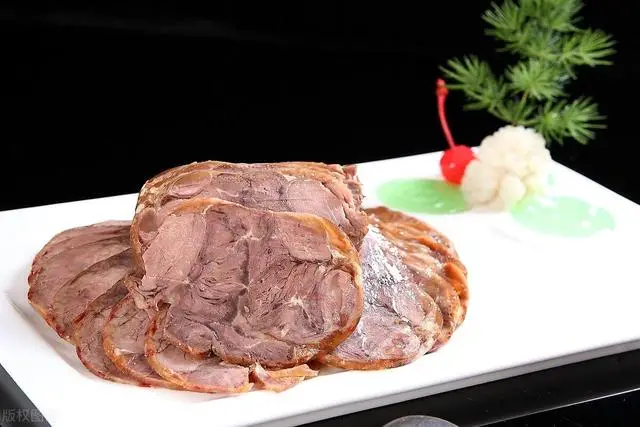
4. Short Rib
Location: Short rib is found below the ribs, between the chest and abdomen. It contains fat, connective tissue, and is tender and juicy.
Ideal Cooking Methods: Slow cooking methods like braising, grilling, or smoking bring out the best in short ribs. They are perfect for Korean-style grilled short ribs or braised with vegetables and red wine.
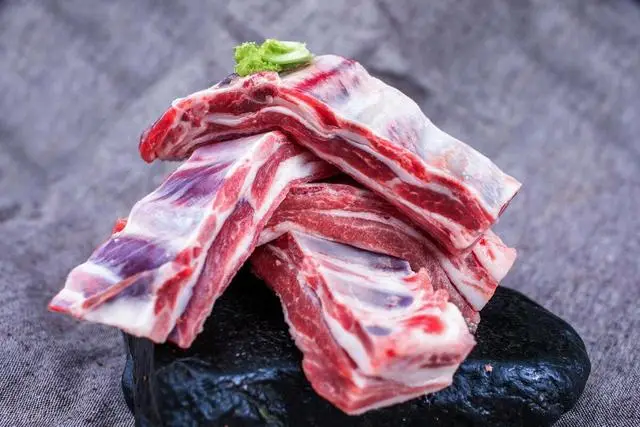
5. Tongue
Location: The tongue is located in the cow’s head and is composed of muscle, fat, and connective tissue. It has a soft texture and is rich in protein and collagen.
Ideal Cooking Methods: Tongue is ideal for long braises or stews, such as beef tongue stew. The slow cooking process tenderizes the meat and intensifies its flavor. Spices like star anise, cinnamon, Sichuan pepper, ginger, garlic, soy sauce, and cooking wine enhance its flavor profile.
Tongue can also be sliced thinly for salads or sandwiches, adding a unique texture and nutritional boost. It’s also delicious when thinly sliced and stir-fried or added to soups, creating a cozy and intimate dining experience.
Boiled tongue dipped in ginger sauce is another mouthwatering option.

6. Oxtail
Location: Oxtail is the tail of the cow, rich in collagen and bone marrow. It consists of multiple joints and muscle fibers, resulting in relatively chewy meat.
Ideal Cooking Methods: Oxtail is perfect for slow-cooked dishes like oxtail soup or stew. During the lengthy cooking process, collagen breaks down, tenderizing the meat and enriching the broth. Vegetables like onions, carrots, potatoes, and tomatoes, along with red wine, enhance the flavor.
Oxtail is also delicious in curries or hot pots, providing a flavorful and enjoyable dining experience.
For oxtail enthusiasts, oxtail hot pot is a delightful treat.






























